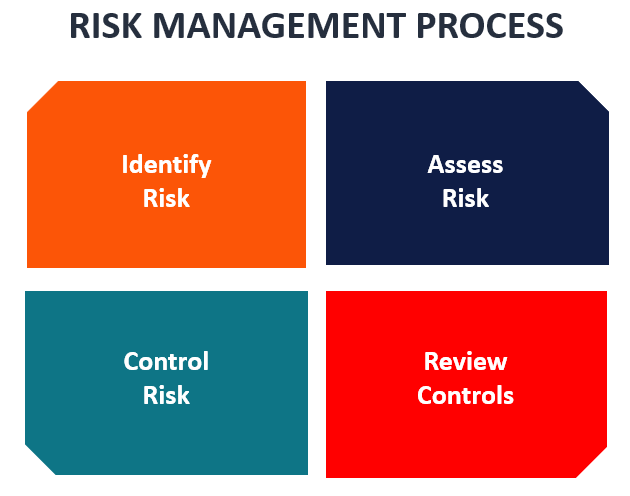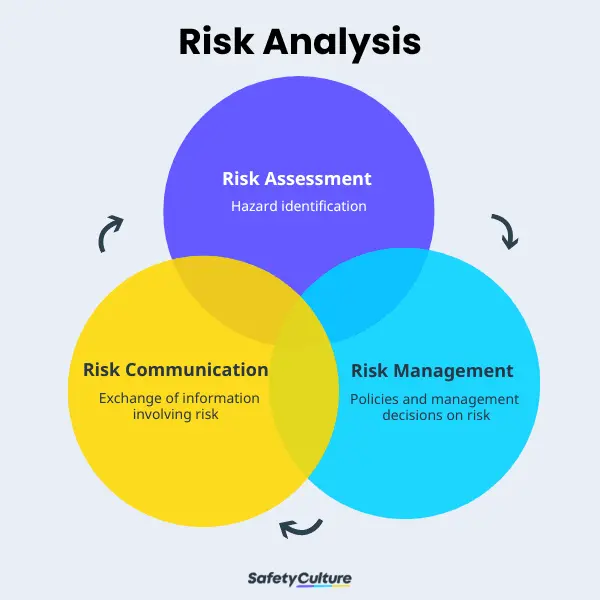Exploring the Importance of Risk Management for Effective Decision-Making Methods
In the complex world of company, Risk Management emerges as an important factor in the decision-making process. The ability to recognize prospective hazards and possibilities, and strategize appropriately, can spell the distinction in between success and failure. With devices such as SWOT and PESTEL, organizations are outfitted to make informed options, fostering durability and versatility in an ever-changing environment. Wondering how this functions? Let's unbox the dynamics additionally.
Understanding the Idea of Risk Management
Risk Management, a crucial element in decision-making, is commonly misunderstood or oversimplified. Risk Management involves structured and disciplined strategies, making use of information and informative analyses. From monetary unpredictabilities, lawful responsibilities, tactical Management mistakes, to crashes and natural catastrophes, it deals with numerous threats - importance of risk management.
The Role of Risk Management in Decision-Making Processes
In the world of tactical preparation and service operations, Risk Management plays an indispensable duty in decision-making procedures. Risk Management hence comes to be an essential device in decision-making, helping leaders to make informed options based on a comprehensive understanding of the dangers entailed. Risk Management offers as an important element in the decision-making processes of any kind of company.

Exactly How Risk Management Boosts Strategic Planning
In the context of tactical preparation, Risk Management plays a crucial role. Launching with the identification of potential risks, it further reaches the application of Risk mitigation steps. The duty of Risk Management is dynamic however not fixed, as it demands continuous surveillance and adjusting of methods.
Identifying Potential Threats

Carrying Out Risk Reduction
Having actually established the relevance of determining potential dangers, the following step is to discover Risk mitigation. This process entails establishing and carrying out strategies to manage determined dangers successfully. It is a critical facet of calculated preparation as it enhances decision-making by decreasing potential adverse end results. Risk mitigation strategies can vary from Risk avoidance, Risk transfer, to take the chance of reduction. Each technique ought to be customized to the details Risk, considering its potential influence and the company's Risk resistance. Furthermore, efficient Risk mitigation calls for a deep understanding of the Risk landscape and the possible effect of each Risk. This understanding makes it possible for organizations to focus on dangers and allocate click resources resources successfully, guaranteeing that one of the most substantial dangers are dealt with initially.
Surveillance and Readjusting Approaches
Though Risk reduction is an important action in tactical preparation, continual surveillance and modification of these techniques is just as crucial. It additionally gives an opportunity to assess the success of the Risk Management steps, allowing adjustments to be made where essential, more enhancing calculated preparation. Surveillance and adjusting Risk Management approaches is a critical component for improving an organization's resilience and strategic planning.
Situation Studies: Successful Risk Management and Decision-Making
Worldwide of company and financing, successful Risk Management and decision-making commonly serve as the columns of thriving enterprises. One such entity is an international oil firm that reduced monetary loss by hedging versus fluctuating oil costs. In one more circumstances, a technology start-up prospered by recognizing and accepting risky, high-reward techniques in an unpredictable market. A global bank, encountered with regulatory unpredictabilities, efficiently navigated the situation through positive Risk evaluation and vibrant decision-making. These situations highlight the worth of astute Risk Management in decision-making processes. It is not the absence of Risk, yet the Management of it, that usually sets apart successful companies from not successful ones. These cases emphasize the critical function of Risk Management in calculated decision-making. importance of risk management.
Devices and Techniques for Efficient Risk Management
Browsing the elaborate puzzle of Risk discover here Management needs the appropriate set of techniques and tools. These devices, such as Risk signs up and heat maps, help in determining and analyzing prospective risks. Techniques include both measurable techniques, like sensitivity analysis, and qualitative approaches, such as SWOT analysis. These aid in focusing on threats based upon their possible influence and probability. Risk feedback strategies, a crucial part of Risk Management, entail approving, preventing, transferring, or mitigating dangers. Tracking and managing risks, with routine audits and evaluations, make sure that the strategies remain efficient. With these methods and devices, decision-makers can browse the facility landscape of Risk Management, therefore promoting notified and effective decision-making.
Future Trends in Risk Management and Decision-Making Methods
As we explore the substantial landscape of Risk Management, it ends up being obvious that the strategies and devices used today will certainly proceed to evolve. The concept of Risk culture, where every member of an organization is aware and included in Risk Management, will obtain extra importance. These fads advertise a more inclusive and aggressive method towards Risk Management and decision-making.
Conclusion

Risk Management therefore comes to be an essential device in decision-making, assisting leaders to make enlightened choices based on a comprehensive understanding of the threats entailed. Risk reduction techniques can vary from Risk evasion, Risk transfer, to risk reduction (importance of risk management). Efficient Risk mitigation requires a deep understanding of the Risk landscape and the potential influence of each Risk. Risk More Help response strategies, a key part of Risk Management, involve accepting, staying clear of, moving, or mitigating risks. The idea of Risk culture, where every participant of a company is aware and involved in Risk Management, will certainly obtain much more prominence